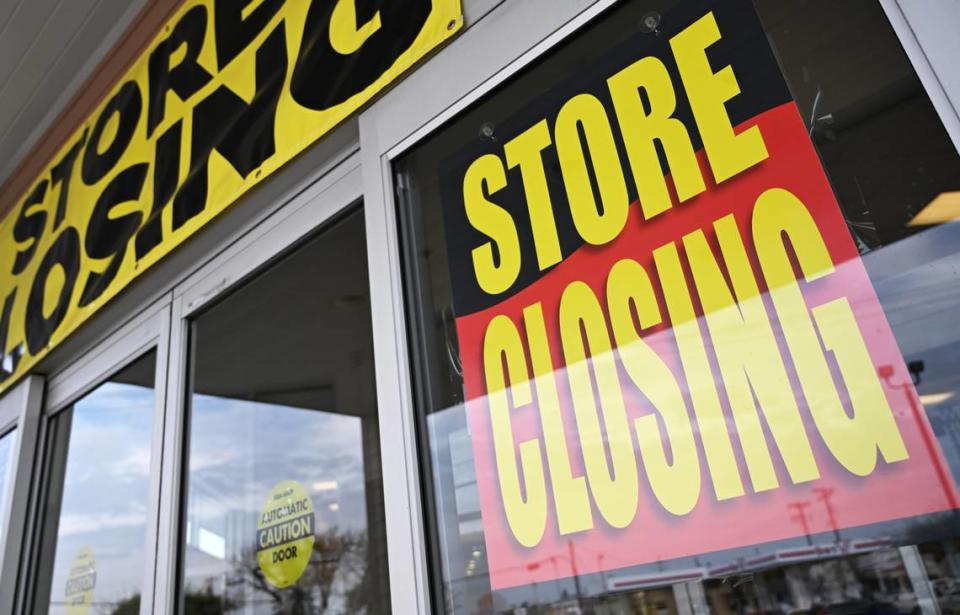Why small businesses in Florida could lose a financial lifeline. See what’s at stake
Florida small businesses at risk of bankruptcy may have an even harder time staying afloat if Congress doesn’t act by June 21.
Construction firms, family-run restaurants and beauty salons across the Sunshine State are are among the over 1,000 struggling firms that could suffer without access to a federal initiative that makes it easier for them to file for bankruptcy, reorganize their businesses and avoid liquidation.
More small businesses in Florida have benefited than from any other state.
When you hear reports of companies going under, it’s usually giants like Lehman Brothers, General Motors, even Marvel Entertainment. United Airlines and Delta Airlines have filed for bankruptcy, too.
Many of those large companies had the resources to go through the costly and time-consuming Chapter 11 restructuring processes, the traditional way of declaring bankruptcy, and ended up surviving.
Ordinary small businesses face a much harder reality.
That’s where where the bankruptcy alternative, called Subchapter V, comes into play. The initiative was incorporated into the country’s bankruptcy law when Congress passed the Small Business Reorganization Act of 2019.. When it took affect in 2020, it gave eligible small businesses facing debt a faster, cheaper and more practical way to reorganize than the standard Chapter 11.
How small businesses have been helped
The initial debt, or liabilities limit, for small businesses to be eligible was $2.7 million and later adjusted for inflation to $3 million. Then, in March 2020, coinciding with the start of the COVID-19 pandemic, that limit was increased to $7.5 million. In 2022, the $7.5 million threshold was extended, but it will return to $3 million on June 21 if Congress does not renew it.
Florida has had more businesses apply each year than any other state. Since the program’s debut through May 31 of this year, 1,067 businesses have participated, according to. Ed Flynn, a consultant with the Virginia-based American Bankruptcy Institute.
Florida is the leader
The number of participating firms in Florida has increased every year. It reached a record 264 last year, and this year is on pace to hit 444, more than twice the 2022 figure. South Florida accounts for almost a third of the cases.
Throughout the state, dry cleaners, roofing companies, asphalt paving companies and pizzerias have benefited from the initiative, said Daniel Gielchinsky, a bankruptcy expert and a lawyer and partner with Aventura-based DGIM Law.
In 2024, South Florida firms that have sought Subchapter V protection include Inclan Painting and Waterproofing Corp in Miami, Bladimir Mechanic Services in West Palm Beach, Mojito Club Sawgrass in Fort Lauderdale and Sushi Garage in Miami Beach, according to court documents.
Nationally there’s also a huge appetite for the less cumbersome restructuring. In 2023, the number of filings was nearly half of all Chapter 11 filings, according to research by Bob Lawless, a law professor at the University of Illinois who writes a blog called Credit Slips: A Discussion on Credit, Finance, and Bankruptcy.
Several bankruptcy experts praise the current Subchapter V option, both for being more efficient and because they think the $7.5 million debt limit reaches more companies that need the help.
How two bankruptcy approaches differ

In Chapter 11, the trustee takes control of the business during the judicial process. For smaller firms that opt for Chapter 11 “it’s like having the carcass of an animal being picked clean by all the predators,” said Gielchinsky, the bankruptcy lawyer in Aventura.
With Subchapter V, the trustee talks to everyone, builds consensus and tries to make a deal, he said.
“A lot of jobs have been saved using Subchapter V,” the attorney said.
If Congress doesn’t act by June 21, the program will survive but the debt limit for small-business owners will go back down to $3 million.
That would be unfortunate, says the American Bankruptcy Institute, which formed a task force that spent 12 months analyzing cases and seeking input from judges, bankruptcy trustees and academics.
In recommending the higher limit, the American Bankruptcy Institute found that just over a quarter of firms were above the $3 million threshold, and that they had a higher success rate in approval of their restructuring.
Soneet Kapila, a financial advisor in Fort Lauderdale specializing in restructuring and the current acting chairman of the American Bankruptcy Institute, is concerned.
“My biggest worry is you will lose an entire segment of businesses.”

 Yahoo Finance
Yahoo Finance 